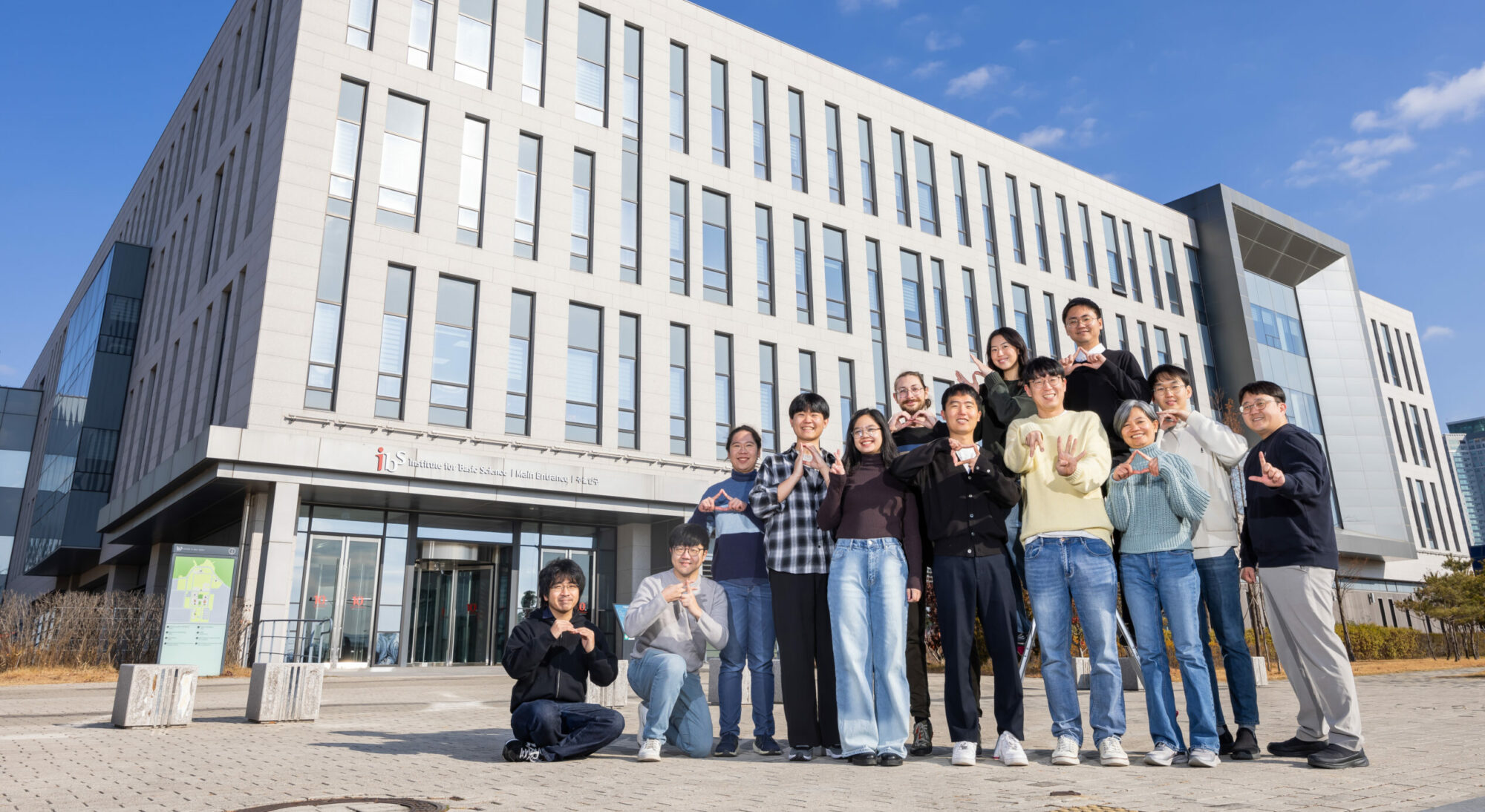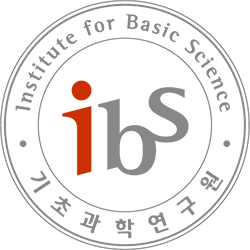Yun Min Song, A scalable approach for solving chemical master equations based on modularization and filtering
B232 Seminar Room, IBS 55 Expo-ro Yuseong-gu, Daejeon, Daejeon, Korea, Republic ofWe will discuss about “A scalable approach for solving chemical master equations based on modularization and filtering ”, Fang, Zhou, Ankit Gupta, and Mustafa Khammash., bioRxiv (2022). Abstract Solving the chemical master equation (CME) that characterizes the probability evolution of stochastically reacting processes is greatly important for analyzing intracellular reaction systems. Conventional methods for solving CMEs …



